Egyptian Free-tailled Bat: 50 Points
Posted: Sat Sep 28, 2013 6:02 pm
Egyptian Free-tailled Bat
Tadarida aegyptiaca
Order: Chiroptera. Family: Molossidae
Nossob - 25.9.2009 - on my pillow

Description
The free-tailed bats are all members of the Molossidae family, a name derived from the Greek word ‘molossus’, which was used to describe a dog used by Greek shepherds in ancient times. This name refers to the bulldog-like, heavily wrinkled faces of free-tailed bats, while ‘free-tailed’ refers to the tail, the majority of which projects beyond the membrane that stretches between the legs of the bat, making the tail more prominent than in other families of bat. The fine, dense fur of the Egyptian free-tailed bat is greyish-brown, turning darker on the head and back and paler on the underparts, particularly around the throat. The leathery membranes of the long, narrow and pointed wings are translucent light brown, and the rounded ears sit fairly closely together on top of the head.
Size
Total length: 10.4 - 12 cm. Tail length: 4.1 - 4.6 cm. Forearm length: 4.7 - 5.6 cm. Wingspan: 30 cm. Weight: 14 - 18 g.
Biology
Like most bats, the Egyptian free-tailed bat is nocturnal, roosting in colonies of three to hundreds or thousands of individuals during the day and flying out at night to forage. This species flies fast at great heights for relatively long periods of time, covering large areas of open land. An insectivorous species, the Egyptian free-tailed bat feeds on beetles, caterpillars, flies, moths, spiders, winged termites, wasps and water beetles, which may be caught in flight or plucked from the ground. As well as its proficiency in flight, the Egyptian free-tailed bat is fairly adept, compared to other bat species, at moving on land. It is able tocrawl on the ground, and scamper to protection when disturbed while roosting on vertical surfaces.
The Egyptian free-tailed bat, and its roosting communities, is reported to have a strong odour. This may be an important factor in social interactions, and the particular smell may be an important sensory cue, aiding the bat’s return to its roost after a night foraging.
The female Egyptian free-tailed bat gives birth to a single young each year, typically in the summer, after a four-month gestation period.
Distribution
A broadly distributed species, the range of the Egyptian free-tailed bat extends throughout Africa and the Arabian Peninsula, to India, Sri Lanka and Bangladesh.
Habitat
This species occupies a wide range of habitats, from arid savannas to humid hills and valleys. Access to water plays a large part in determining where the Egyptian free-tailed bat may be found, not only as a source of moisture, but also because the insects on which the bat feeds tend to congregate around water pools. It roosts on cliff faces and in caves, as well as within man-made structures, such as old buildings.
Links: ARKive, ADW
Tadarida aegyptiaca
Order: Chiroptera. Family: Molossidae
Nossob - 25.9.2009 - on my pillow

Description
The free-tailed bats are all members of the Molossidae family, a name derived from the Greek word ‘molossus’, which was used to describe a dog used by Greek shepherds in ancient times. This name refers to the bulldog-like, heavily wrinkled faces of free-tailed bats, while ‘free-tailed’ refers to the tail, the majority of which projects beyond the membrane that stretches between the legs of the bat, making the tail more prominent than in other families of bat. The fine, dense fur of the Egyptian free-tailed bat is greyish-brown, turning darker on the head and back and paler on the underparts, particularly around the throat. The leathery membranes of the long, narrow and pointed wings are translucent light brown, and the rounded ears sit fairly closely together on top of the head.
Size
Total length: 10.4 - 12 cm. Tail length: 4.1 - 4.6 cm. Forearm length: 4.7 - 5.6 cm. Wingspan: 30 cm. Weight: 14 - 18 g.
Biology
Like most bats, the Egyptian free-tailed bat is nocturnal, roosting in colonies of three to hundreds or thousands of individuals during the day and flying out at night to forage. This species flies fast at great heights for relatively long periods of time, covering large areas of open land. An insectivorous species, the Egyptian free-tailed bat feeds on beetles, caterpillars, flies, moths, spiders, winged termites, wasps and water beetles, which may be caught in flight or plucked from the ground. As well as its proficiency in flight, the Egyptian free-tailed bat is fairly adept, compared to other bat species, at moving on land. It is able tocrawl on the ground, and scamper to protection when disturbed while roosting on vertical surfaces.
The Egyptian free-tailed bat, and its roosting communities, is reported to have a strong odour. This may be an important factor in social interactions, and the particular smell may be an important sensory cue, aiding the bat’s return to its roost after a night foraging.
The female Egyptian free-tailed bat gives birth to a single young each year, typically in the summer, after a four-month gestation period.
Distribution
A broadly distributed species, the range of the Egyptian free-tailed bat extends throughout Africa and the Arabian Peninsula, to India, Sri Lanka and Bangladesh.
Habitat
This species occupies a wide range of habitats, from arid savannas to humid hills and valleys. Access to water plays a large part in determining where the Egyptian free-tailed bat may be found, not only as a source of moisture, but also because the insects on which the bat feeds tend to congregate around water pools. It roosts on cliff faces and in caves, as well as within man-made structures, such as old buildings.
Links: ARKive, ADW
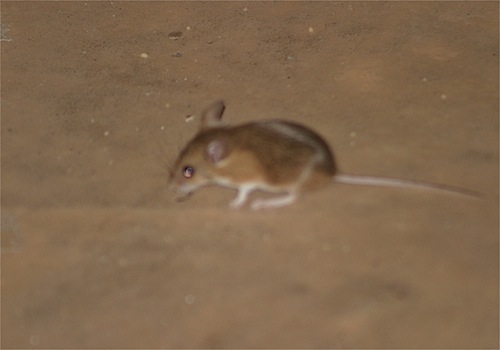

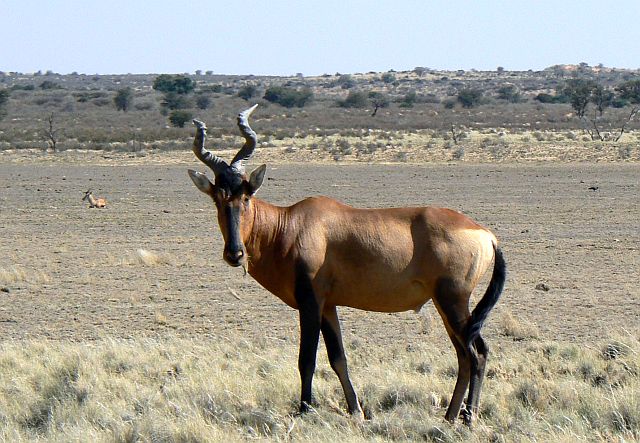 by Toko
by Toko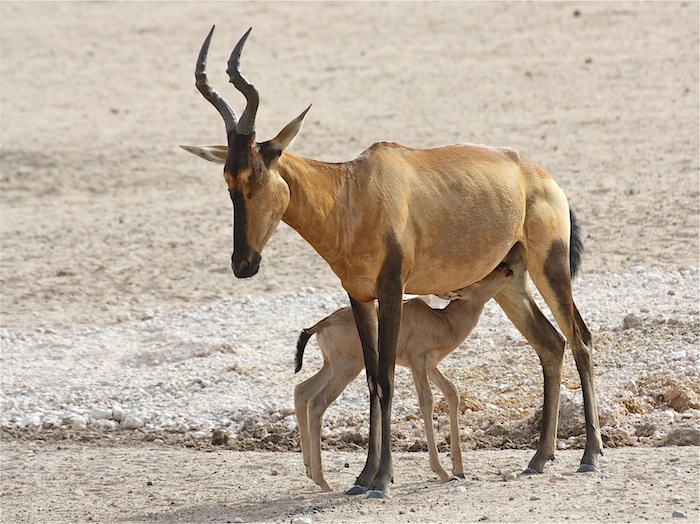 by ExFmem
by ExFmem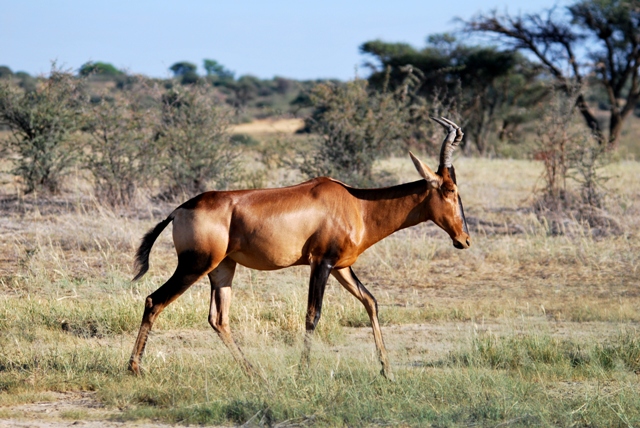 by Mel
by Mel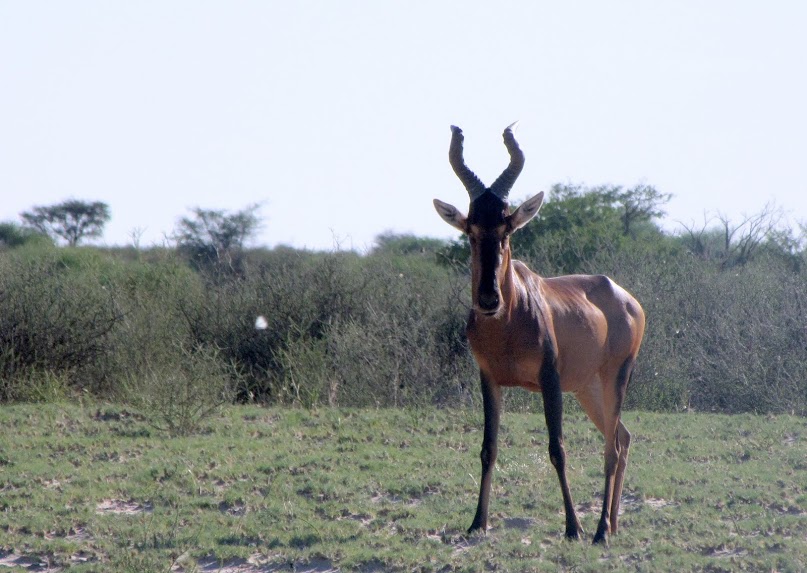 by Lis
by Lis by Tina
by Tina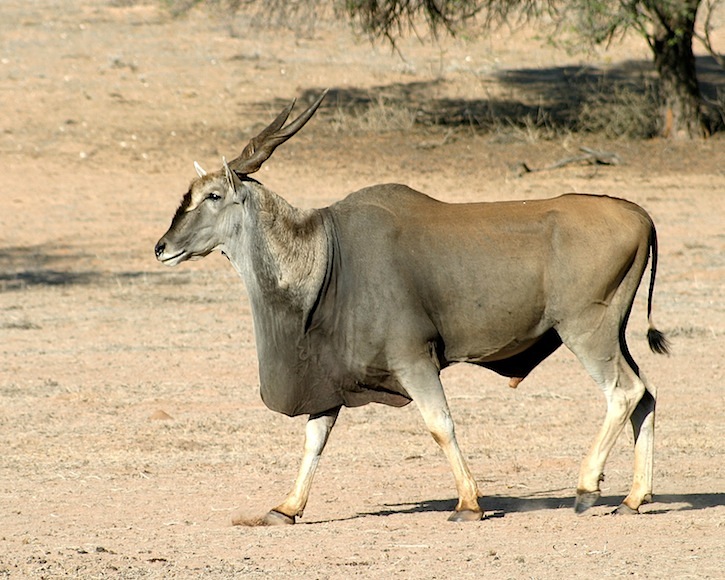
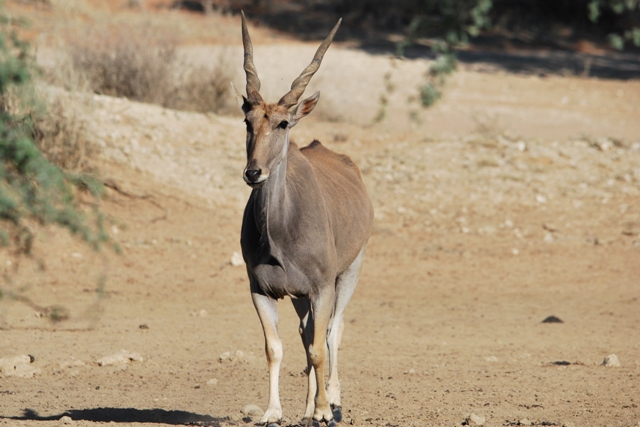 by Mel
by Mel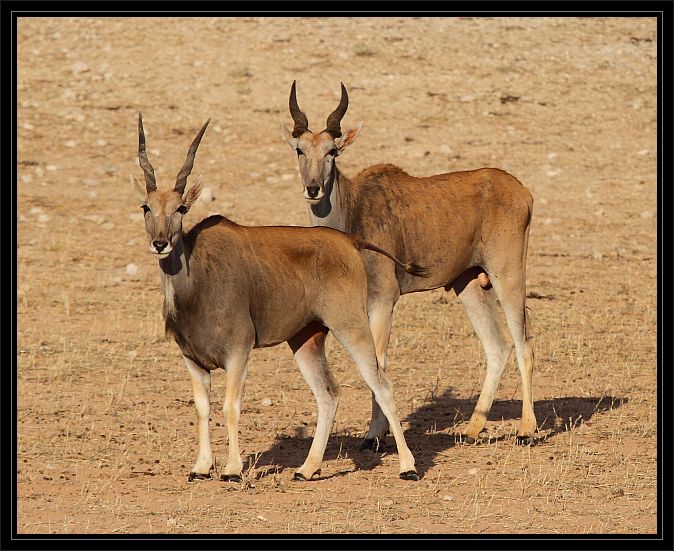 by Duke
by Duke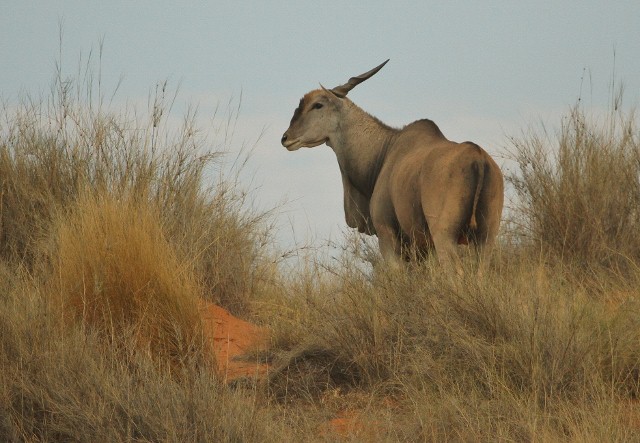 by nan
by nan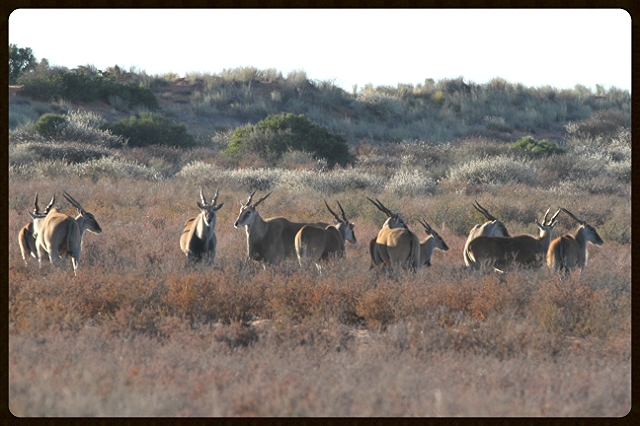 by Tina
by Tina
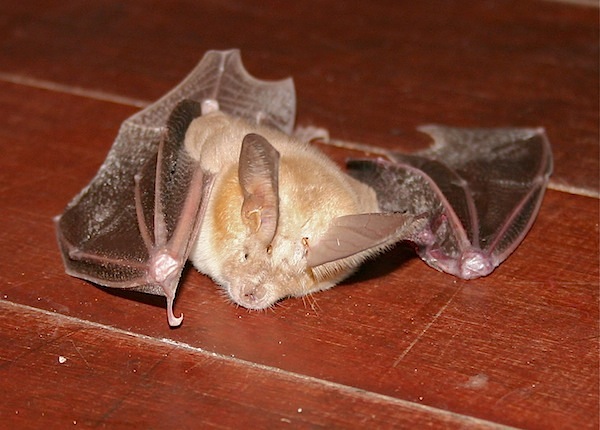

 by ExFmem
by ExFmem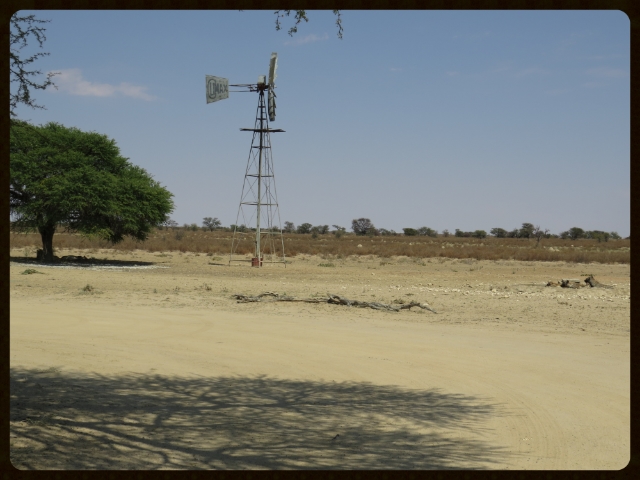 by Tina
by Tina by Duke
by Duke by ExFmem
by ExFmem